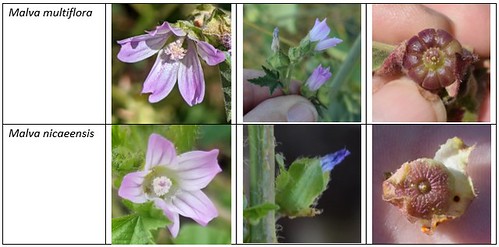Exponential rise in juvenile newts killed this season (2022-2023)
This year @merav and team have recorded an astounding number of juvenile newts killed on the road, and the migration season is just beginning! This is an exponential increase over previous years. See Merav's blog post for more information:
https://www.bioblitz.club/post/an-unusual-beginning-of-the-newt-season
Juvenile newt roadkill doesn't remain on the road for long. Most of them will disappear within 24 hrs, so the reported numbers are an undercount of the total mortality. One study found that 80% of the smaller bodied amphibian carcasses were gone from the road within 24 hours. "... the combination of small, soft-bodied amphibians with warm, wet surfaces results in rapid carcass destruction, removal by scavengers or decomposition and thus leaves very little evidence of road mortality events.” (Santos et al., 2011; Zhang et al., 2018).
Juvenile newt deaths have a high impact on population viability. Some conservationists have found that amphibian population viability is not particularly sensitive to adult survival, therefore mitigations directed towards juveniles have a stronger effect on population viability than those that improve adult survival. Petrovan, et al. stated: "We conclude from the review of amphibian population models that there is substantial evidence that the fate of juveniles is critical and represents in many instances the driving factor for amphibian population dynamics...” (Petrovan, et. al., 2019, p 254)
Updated March 26, 2023.






